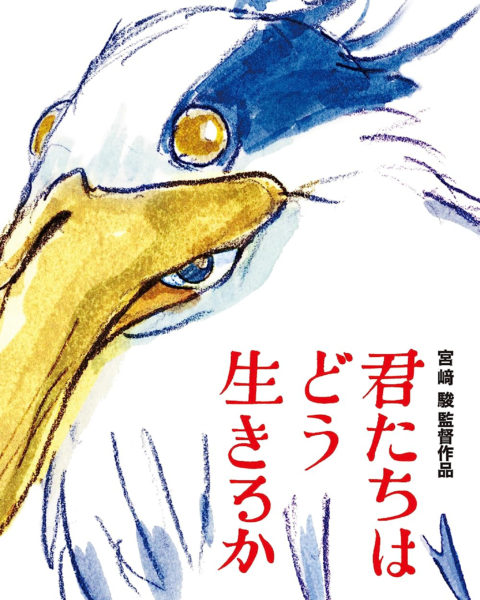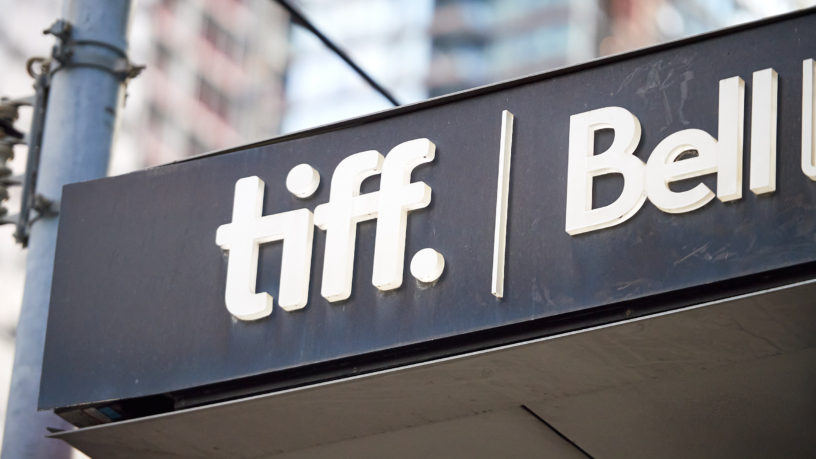By Emily Zhang
This year, The Boy and the Heron was chosen as the first animated film to open the Toronto International Film Festival (TIFF), and it makes sense given director Hayao Miyazaki’s reputation as an iconic storyteller.

Miyazaki is no stranger to success. Praised and celebrated as one of the greatest Japanese animators of modern times, his films My Neighbor Totoro, Kiki’s Delivery Service and Spirited Away, have received enormous praise and amassed a cult-like following. The director is so beloved that he came out of 10-year-long retirement to create the film.
The Boy and the Heron is a whimsical movie that resembles Alice in Wonderland, with that classic Studio Ghibli aesthetic known to be filled with adorable mythical creatures, delicious looking food, beautiful scenery and most importantly, an irresistible sense of nostalgia.
The movie plunges its audience into the turmoil of Tokyo, Japan during the Second World War. The film’s opening scene sets a gripping stage with a jarring, echoing sound that pierces the silence. This abrupt noise awakens a 12-year-old boy, Mahito, from his slumber. His realization upon waking is swift and haunting: the hospital his mother works at is now engulfed in flames. Mahito runs through the streets, crowded with blazing fire as he finds himself wrapped in smoke and heat. The deep orange hues of the fire glows brightly in the dead of the night, coming alive and burning everything in sight. In the chaos, the hospital crumbles before his eyes, a scene that sears itself into his memory, knowing his mother is trapped under the debris.
After the war, Mahito and his father move to the countryside, looking for a fresh start. Stoned face and emotionally distant, Mahito’s grief is noticeable. Mahito tries to navigate a new beginning, moving to a new home and school. Everyone around him has moved on from the past; his father is absorbed in his work and his aunt has assumed the role of family caretaker. However, things don’t get any better for Mahito. At his new home, he begins spotting a heron who often flies around his home and as time passes, the heron seems to grow interested in the young boy, seemingly stalking him.
Mahito decides to investigate the mysterious heron by venturing to his backyard where he finds an abandoned tower, quickly unraveling secrets from his family’s past. As Mahito learns about his ancestry, he and the audience are thrown into the fantastic and mythical world of Miyazaki we’re very familiar with.
The Boy and the Heron is more than just a whimsical adventure—it’s a heartfelt love letter to the trials and tribulations of childhood and the complexities of growing up. Unlike Miyazaki’s previous works,The Boy and the Heron feels like a more mature and personal project, borrowing from his own experiences growing up. The Boy and the Heron is a film well worth seeing. It’s a testament to Hayao Miyazaki’s brilliance, and a poignant exploration of childhood and the power of storytelling that touches your heart.
5/5 stars











Leave a Reply